Table of Contents (click to expand)
Surrealism was named in that way to embody its transcendence of the ordinary and conscious, and shift instead into the realms of unconscious association.
Perhaps you’ve seen Salvador Dalí’s juxtaposition of a lobster on a telephone, René Magritte’s raining men in bowler hats and overcoats (or perhaps, you are familiar with Ceci n’est pas une pipe), or Max Ernst’s automaton-like Elephant Celebes. If you thought, “Hey, that makes no sense”, then you’ve already had your first lesson in the twisted, obviously irrational, non-conformist world of Surrealism.

For your second lesson, I recommend automatic writing, a method of writing without inhibitions by jotting down whatever comes to mind, without any conscious thought or control. This is a surrealist technique that allows you to tap into the power of your subconscious, free from the constraints of rational thought, through which you may gain an appreciation of Surrealism and its strange ways.
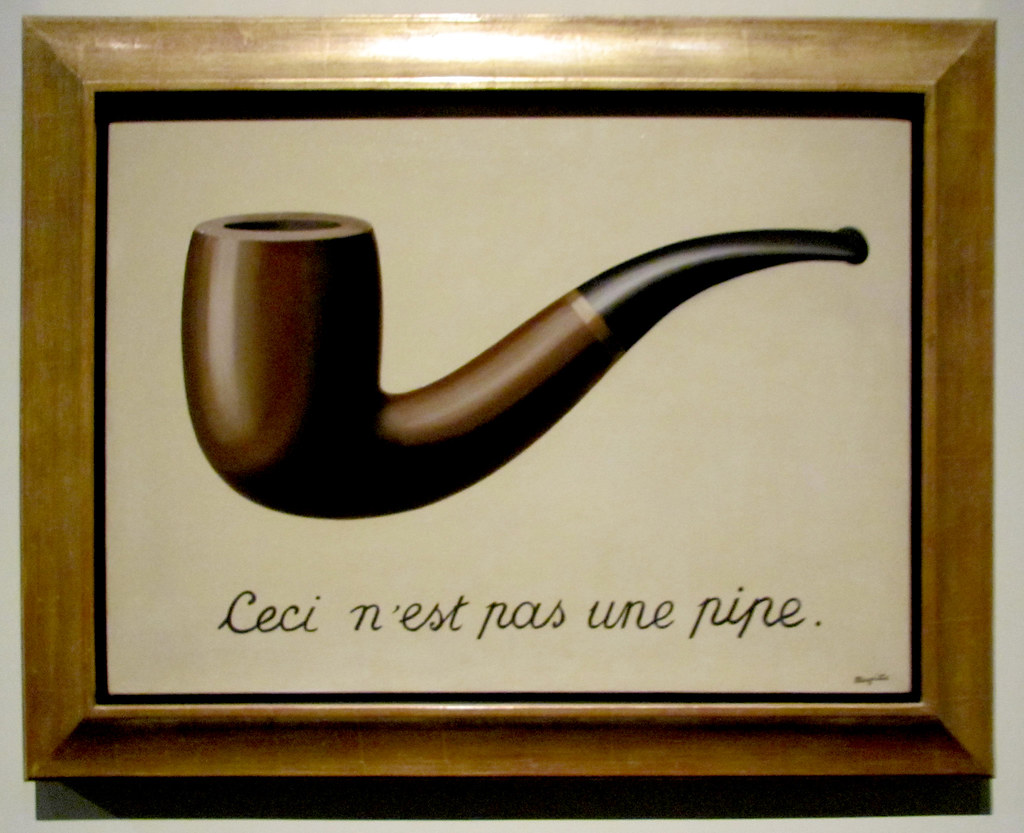
Recommended Video for you:
What Was Surrealism?
Surrealism was a cultural movement, extending to all forms of art and literature, that emerged in the first half of the 20th century, primarily in France, and extending conditionally to other parts of Europe. It was characterized by its subject— the irrational, the bizarre, the subconscious, and the realms of dreams and otherworldly oddities. Surrealist artists and writers were fascinated by and often employed the power of the unconscious to create works that were dreamlike, absurd and bizarre.
Surrealists felt disillusioned with the modern world and all its uncertainties, and sought to explore the deeper, more irrational aspects of the human experience, which was a unique approach in art history. It is this tendency that propelled Surrealists towards the psychoanalytic studies of Sigmund Freud, whose work inspired the movement, as it emphasized the importance of the unconscious mind in shaping human behavior, motivation, personality and experience.
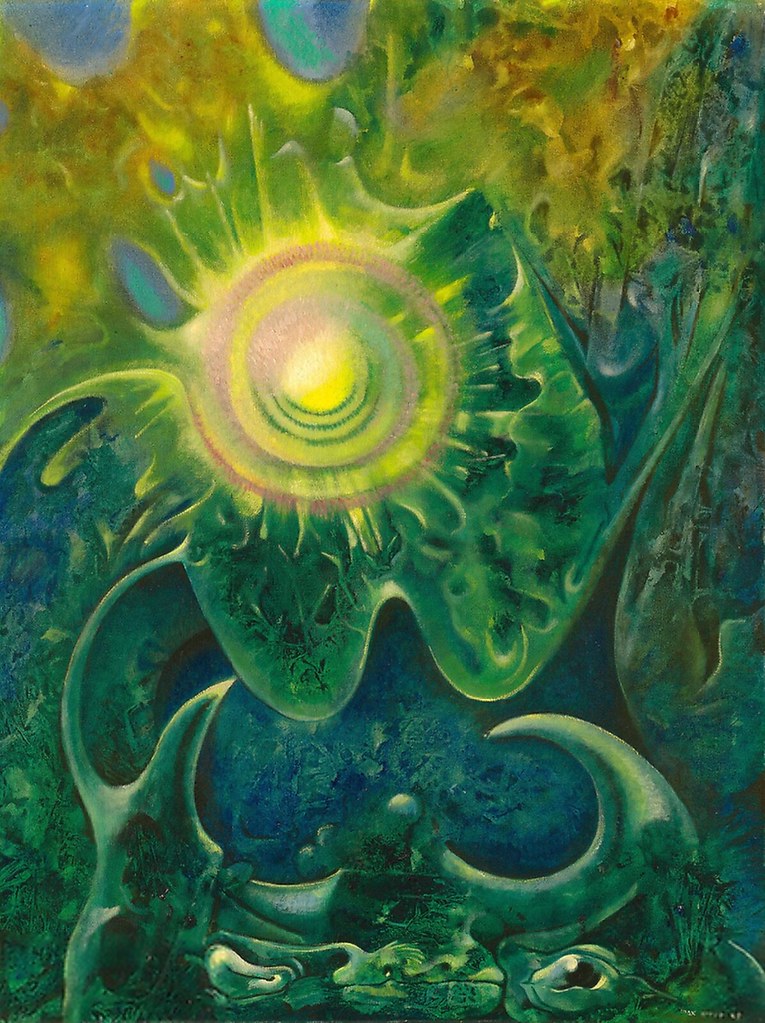
How Did Surrealism Emerge?
The emergence of surrealism in the early 1920s was an artistic response to the cultural and political confusions of the time, including upheavals like World War I, ideological shifts like the rise of fascism, social and scientific movements towards rationality, and the decline of traditional values and beliefs. These fundamental changes in our world shifted the subject of art from outside to the inside, where it could focus on the human psyche.
Surrealism drew in some ways from previous art movements, particularly Dadaism and Expressionism—the former in its rejection of traditional values and conventions in favor of anti-art, absurdity and irrationality, and the latter for its focus on the intensity of emotional and psychological subjects through bold colors and distorted forms.
Surrealists thus rejected the constraints of a world with which they didn’t identify, and along with it, they dismissed the traditional perception of art and literature. Instead, they tried to create heavily symbolic and metaphorical works that were unencumbered by rules and limitations. It is because of this approach and their reliance on self-exploration for subject material, that the surrealist movement cannot truly be limited to or defined by characteristic features.
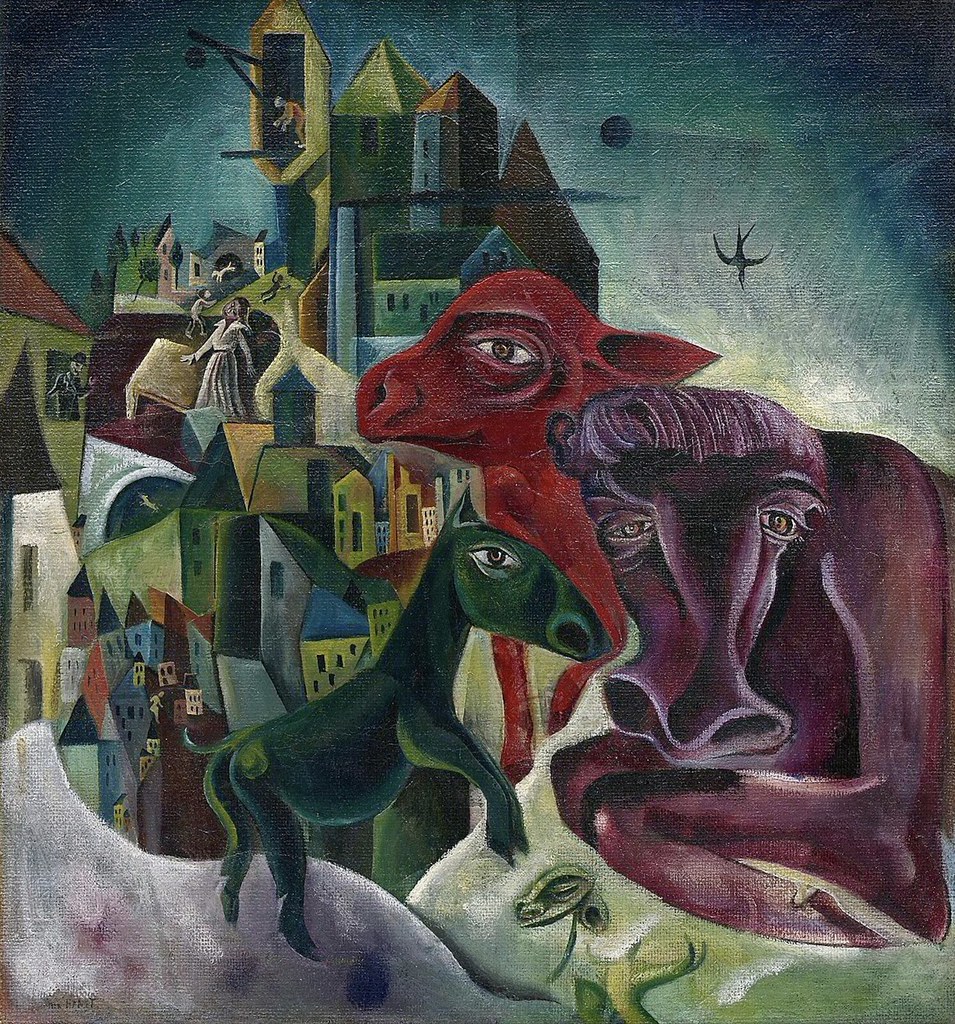
Surrealist creators also drew from contemporary culture to make relatable and recognizable, but impactful and subversive art. Through the eccentric, free flow of thought and inspiration, references from outside still managed to transcend from derivative to inimitable.
The associations of mundane and extraordinary that came from this movement reflected the arbitrariness of the human thought process, and the lacunae to which it was susceptible. Fragmented imagery, similarly, reflected the propensity of the psyche to reveal itself in fragments that made a seemingly unattainable whole.
How Was The Term ‘Surrealism’ Coined?
The term ‘Surrealism’ was coined by the French writer and poet Guillaume Apollinaire in 1917, as a break from traditional depiction and the unification of pop culture and everyday objects, but it was the poet André Breton, the writer of the 1924 Surrealist Manifesto, who became the leader of the surrealist movement and widely popularized the term.
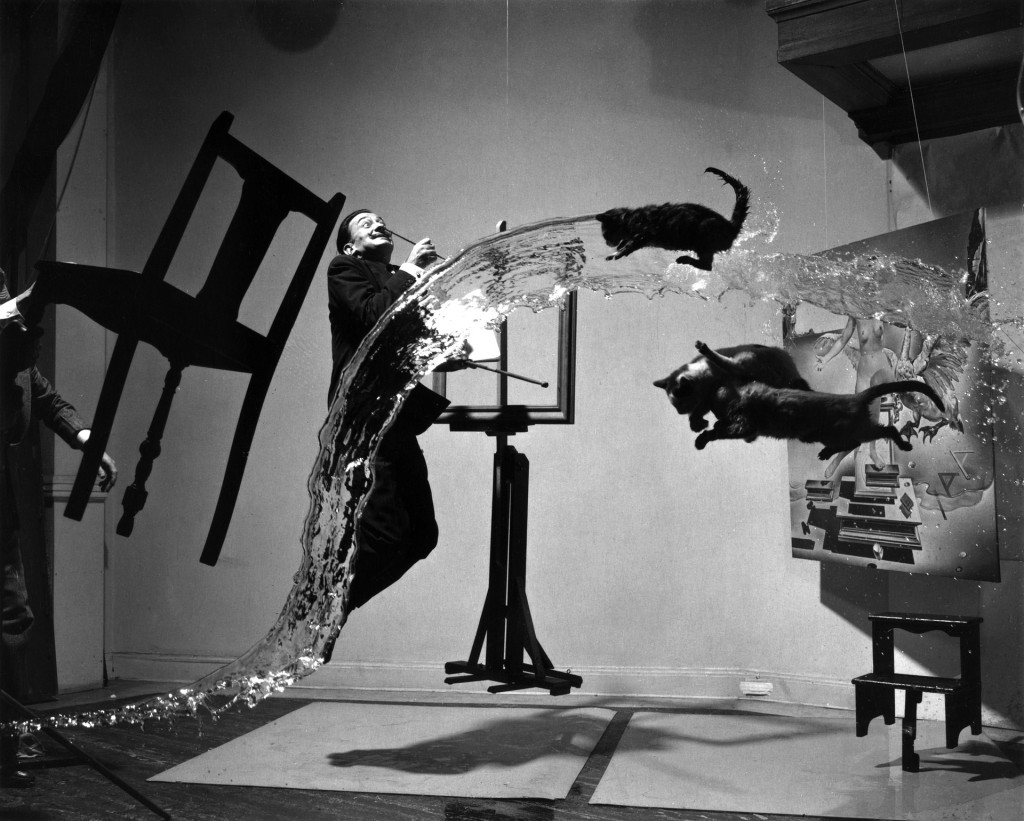
The word Surrealism is derived from the French word “surréalisme,” which combines “sur,” meaning above or beyond, and “réalisme,” meaning realism. The term was used to convey Surrealism’s rejection of the traditional conventions and loyalty towards perceivable reality and realism. Instead, this work sought to explore the often irrational and unconscious aspects of the human experience that formed a large chunk of an individual’s persona.
Breton described Surrealism as an attempt to reconcile the conscious with the unconscious, in order to join the two aspects of an experience and find its absolute reality, what he called the “surreality”, blending reality and the imagination to create something beyond the ordinary. It was a spontaneous expression of whatever came to the artist as inspiration, in order to elevate perceived reality to a more holistic sense of existence.
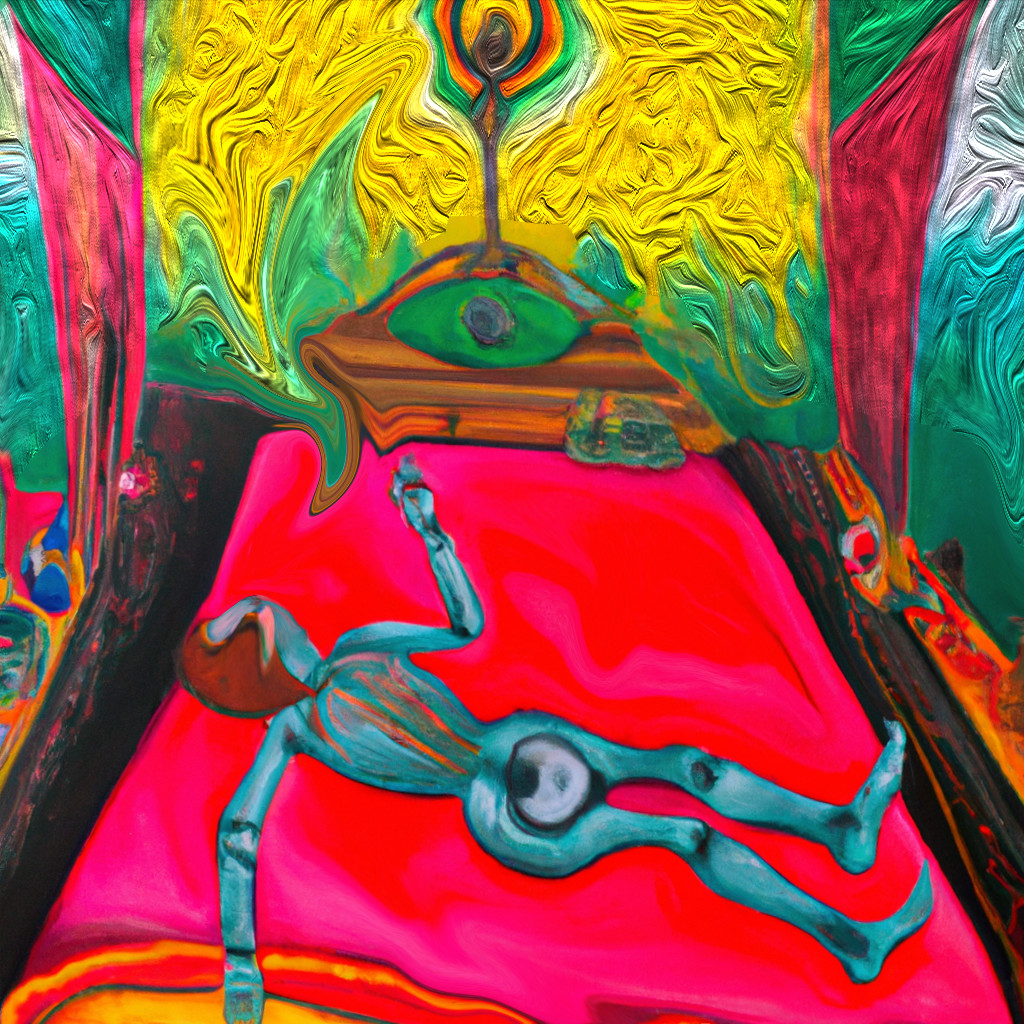
Conclusion
Through strange landscapes full of awful dreamlike inhabitants that sometimes (quite often) crossed the line into bizarre creatures, as well as random dichotomy and the juxtaposition of objects one would rarely imagine seeing together, surrealists tried to express and explore the subconscious, both for themselves and their audience.
They tried to attack the belittling pervasiveness of scientific rationale and logic that claimed primacy over knowledge and understanding. Through their absurd forms of expression, they managed to unlock a deeper level of scrutiny for and of the self, even in the context of broader society. It is high time we acknowledge the merit in taking a freer approach to ourselves, allowing for artistic exploration of our own sensibilities, rather than doing so through more pedantic and limited means.
References (click to expand)
- Krauss, R. (1981). The Photographic Conditions of Surrealism. October. JSTOR.
- M Nadeau. (1965) Maurice Nadeau, The History of Surrealism - PhilPapers. PhilPapers
- D Tashjian. (1995) Surrealism and the American Avant-Garde, 1920-1950. PhilPapers
- Eggener, K. L. (1993, October). "An Amusing Lack of Logic": Surrealism and Popular Entertainment. American Art. University of Chicago Press.













